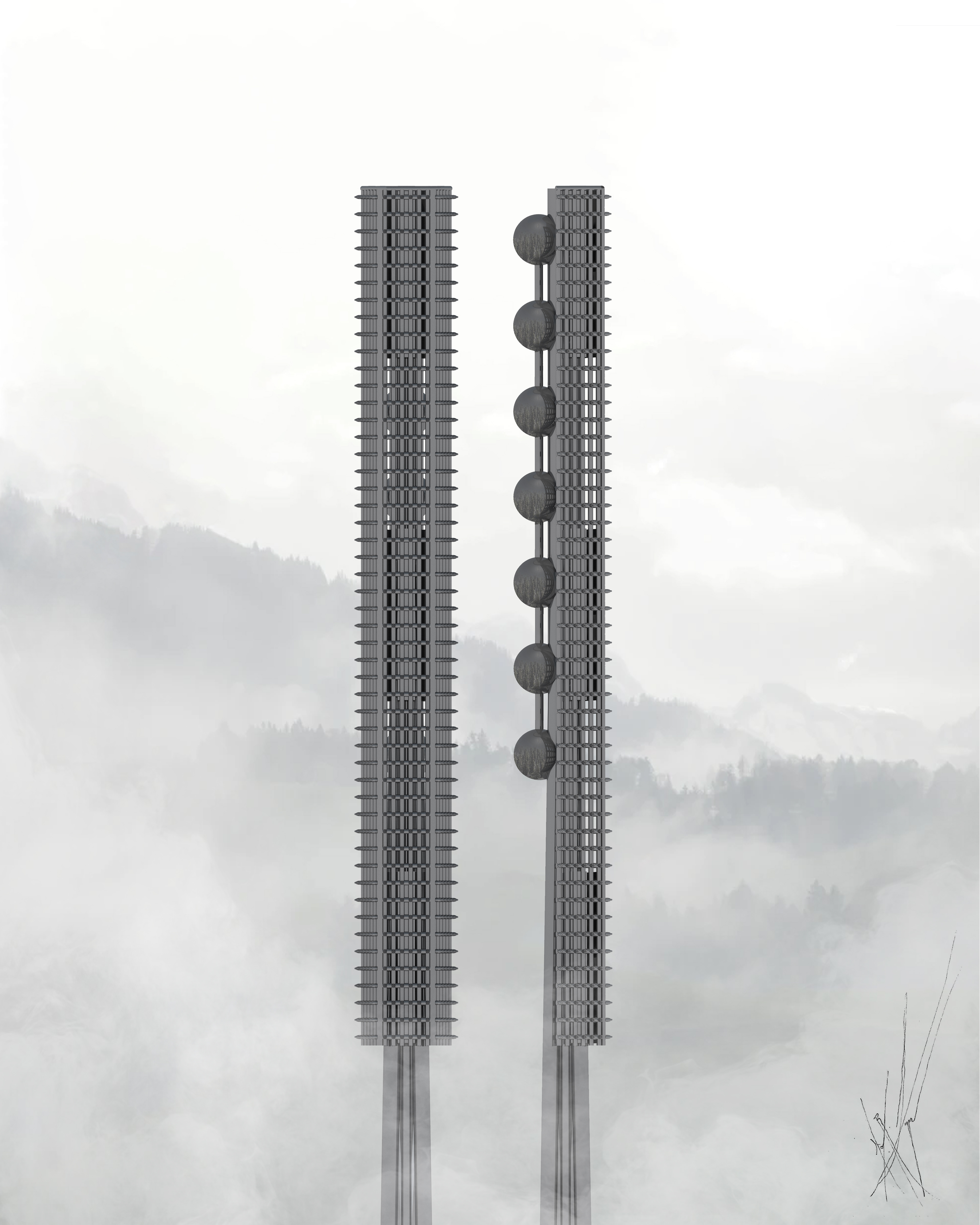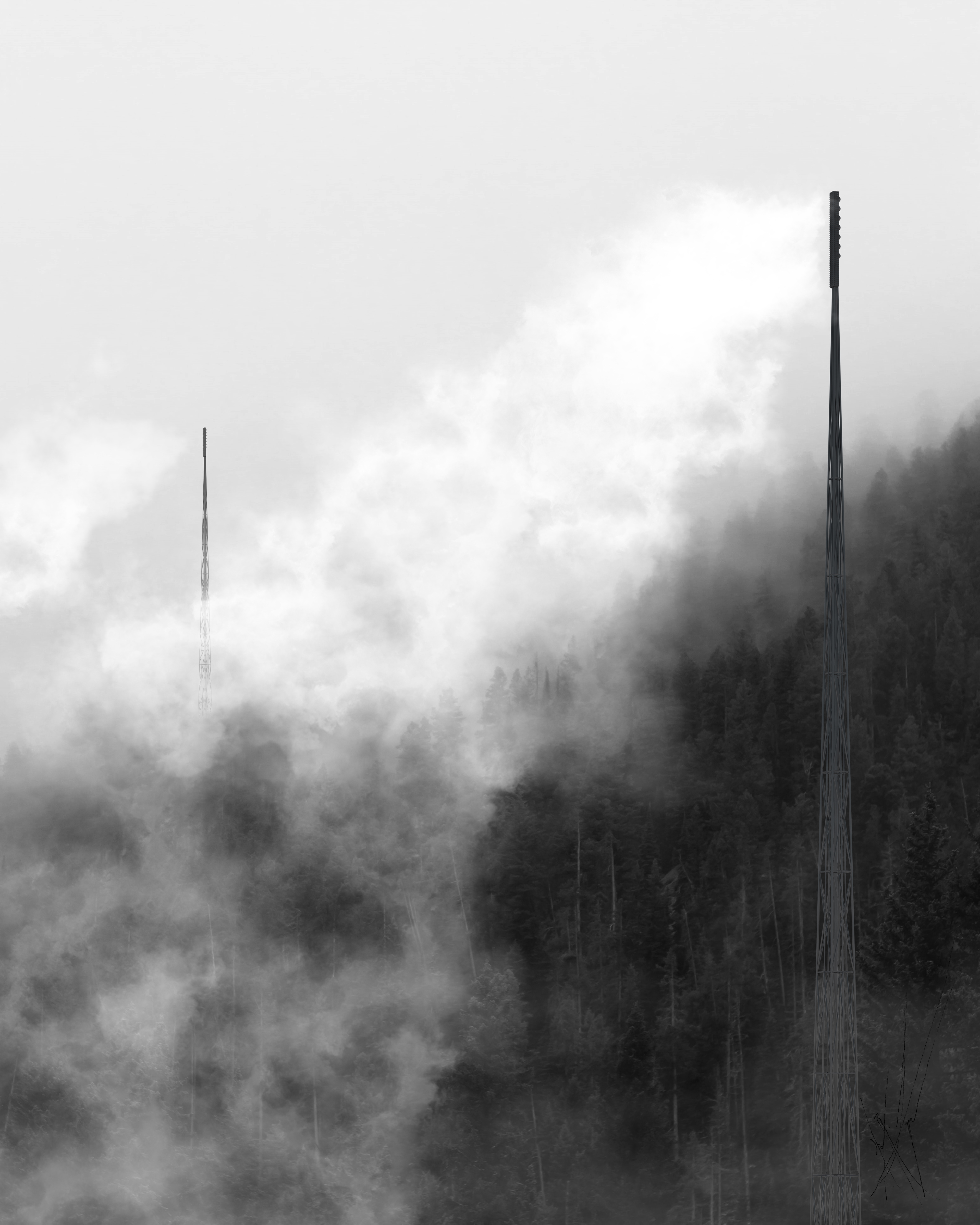



Brief:
Forests are one of the most capable agents we have in sequestering carbon emissions, and yet around the world, they're burning. As they continue to be exposed to worsening droughts and increasing temperatures, forest fires have reached unprecedented proportions. Though fire is a natural part of the forest life cycle, there is nothing natural about the scale and frequency of what we see today. As Climate Change continues to intensify, with 1.2 degrees Celsius of warming already causing such devastation, imagine what forest fires will look like 10-30 years down the line when global temperatures have risen 1.5-2 degrees.
The intention behind this proposal is to offer a solution capable of reestablishing preindustrial precipitation levels in forests and regions experiencing drought and heatwaves in order to mitigate the spread of out-of-control burns and above all else, increase forest health and resiliency in the face of such adversity. Furthermore, this work hopes to start a conversation about how we can come together as communities to give our forests a fighting chance with the hopes of operating under Indigenous approval and oversight.
Delivery Method:
During the day, the towers would pump water from a river at an extraction rate of 15 GPM. In the case study of Lytton, the local river is the Fraser, which has a flow rate of approximately 55,079,880 GPM. This extraction would be done in order to fill 20,000 Gallon tanks at the base of each tower. The 75-metre tall towers would then release the stored water at night at an adjustable rate of approximately 250 GPM in the form of a dense mist when temperatures are at their lowest. The combination of low temperatures of the night and this dispersal method is intended to create a blanket of fog over the forests, in turn delivering moisture and precipitation while minimizing evaporation.
Potential:
If run for a single night, a tower is capable of delivering 7.5 mm to a hectare (.75mm/kilometre). Over the course of spring and the fire season (combined: 120 days), one tower is capable of dispersing 900mm/hectare (90mm/km). However, the potential of a tower becomes most evident when understood as part of a larger network of towers dispersed across a region. Through the combined impact of their operation, the towers would have the ability to introduce a sufficient amount of moisture to a region in order to begin the process of location-specific climate manipulation. This is reserved for the strict purpose of combating the severe droughts and heat waves that have been brought on by human-induced Climate Change in an attempt to reestablish preindustrial precipitation levels and conditions.
Cost:
- Cost per tower: $100,000
Bottlenecks:
Water
- Indigenous Approval
- Environmental Impact Assessment
Electricity
- Battery
- Access
- Generation
Dispersal Method
- Accuracy